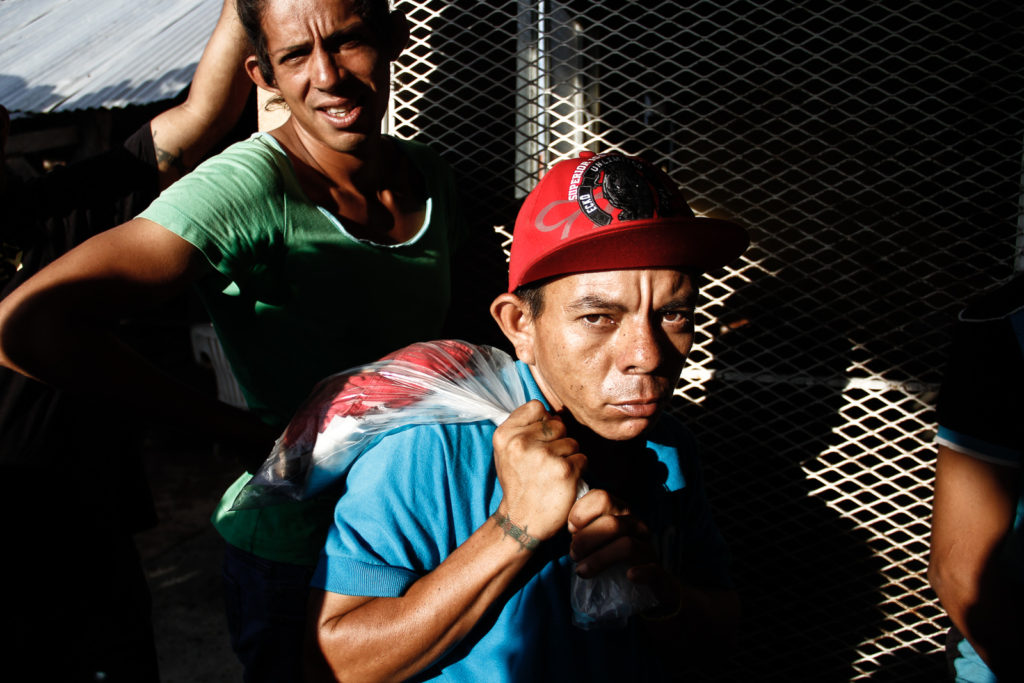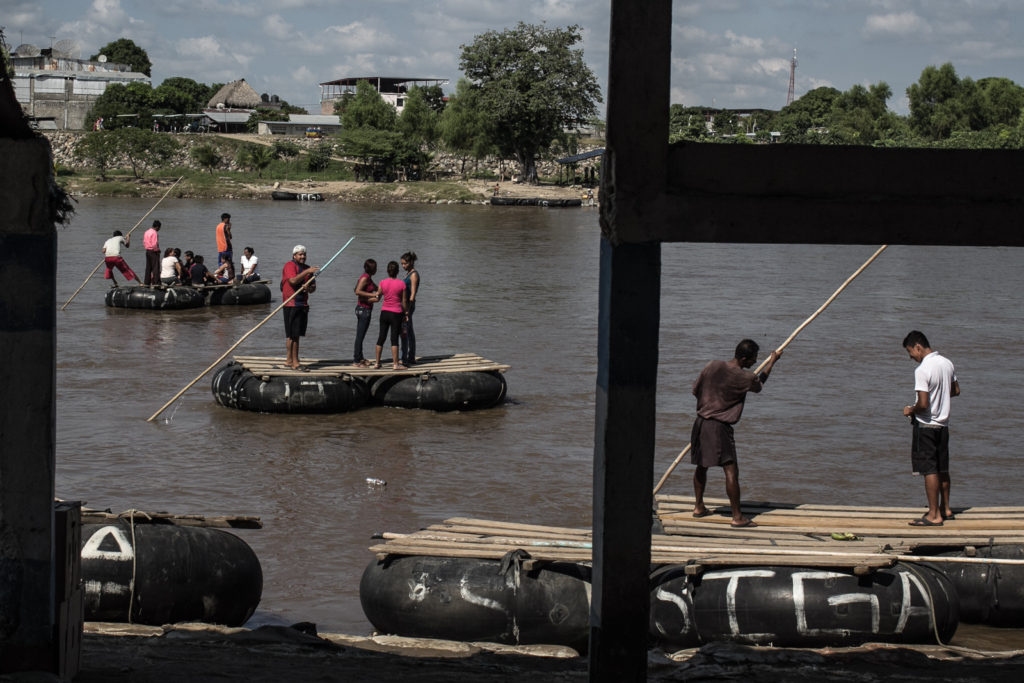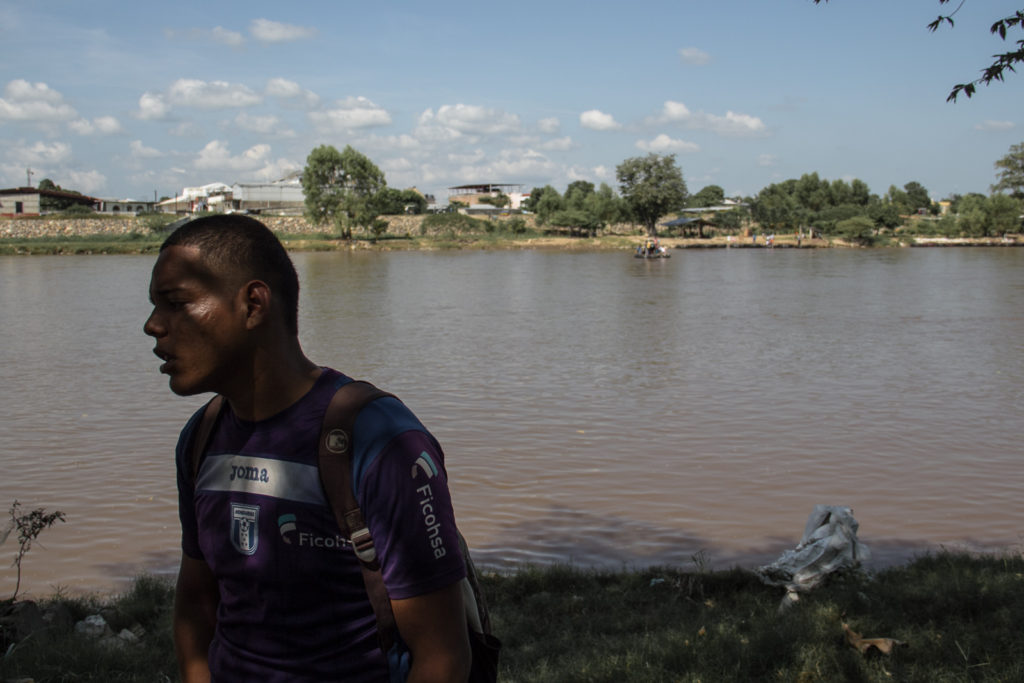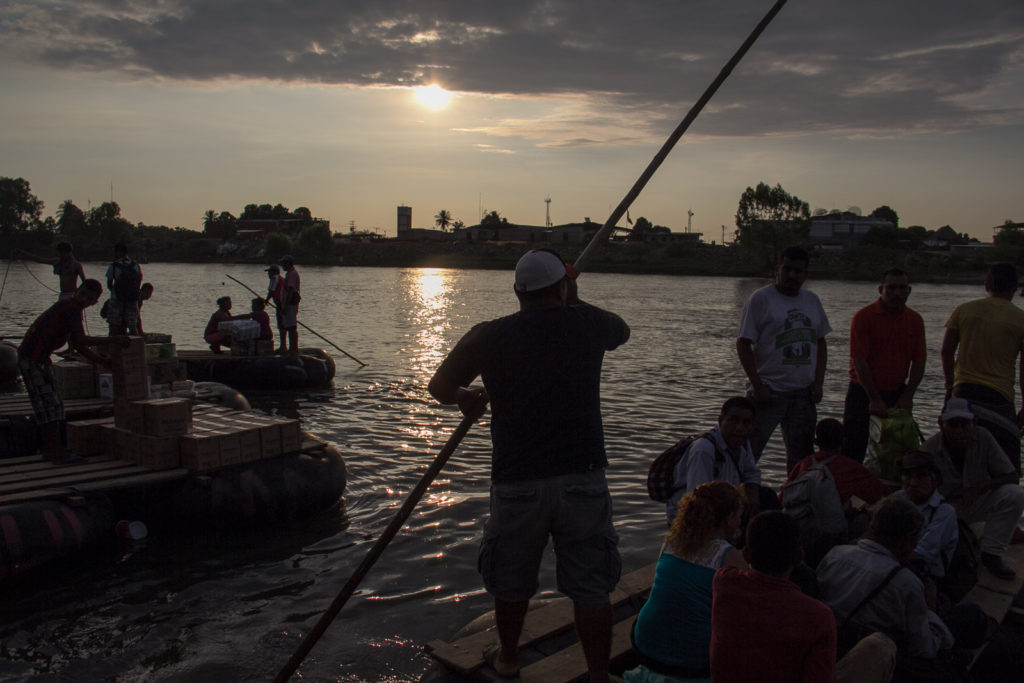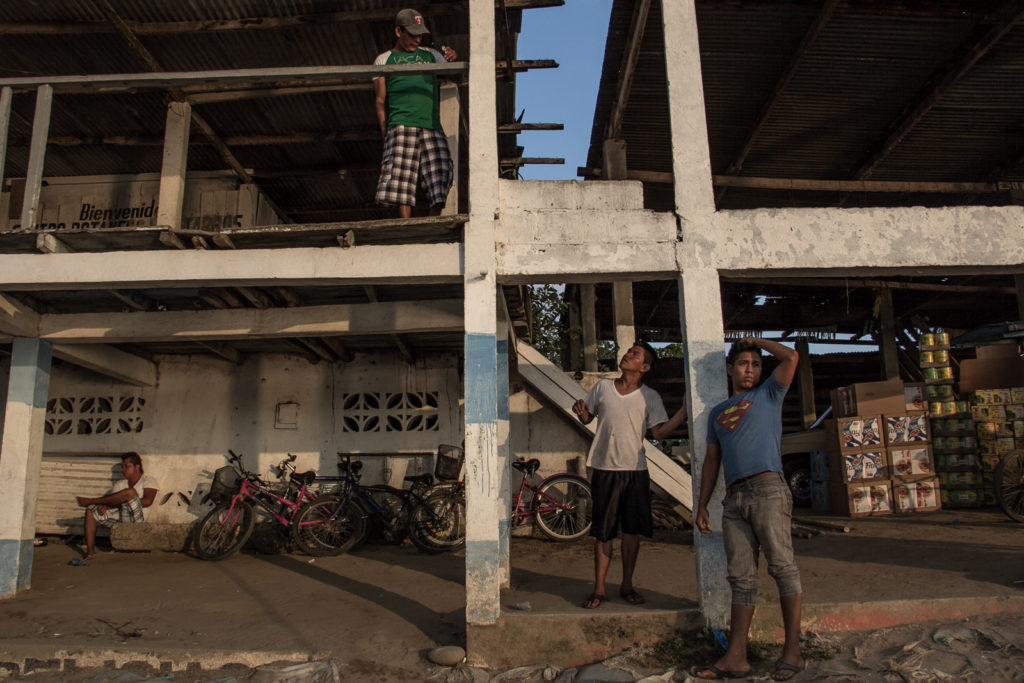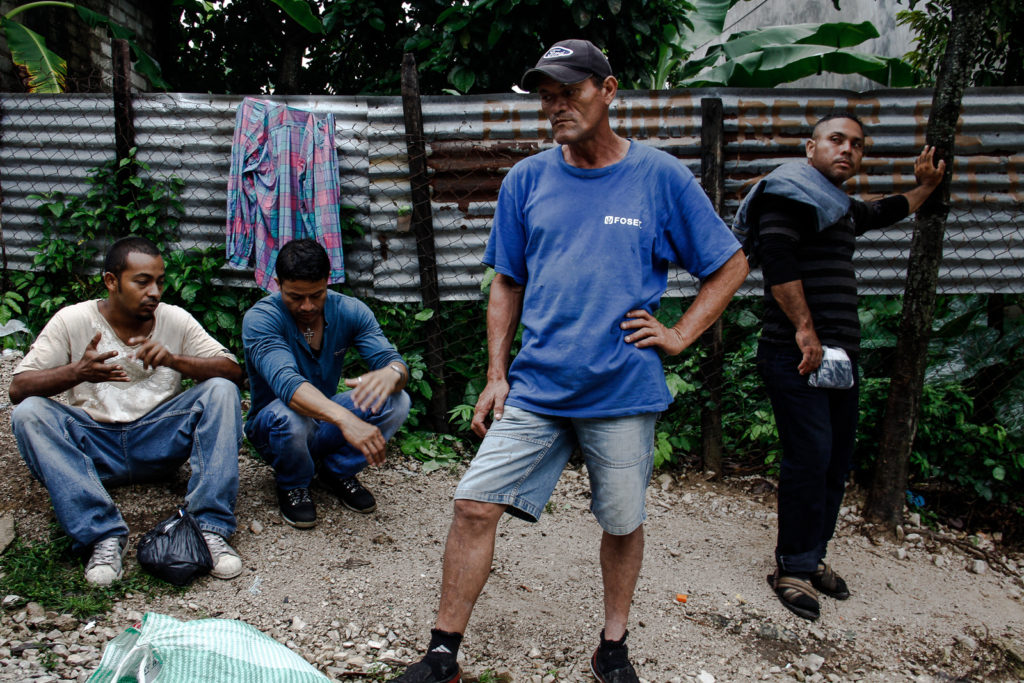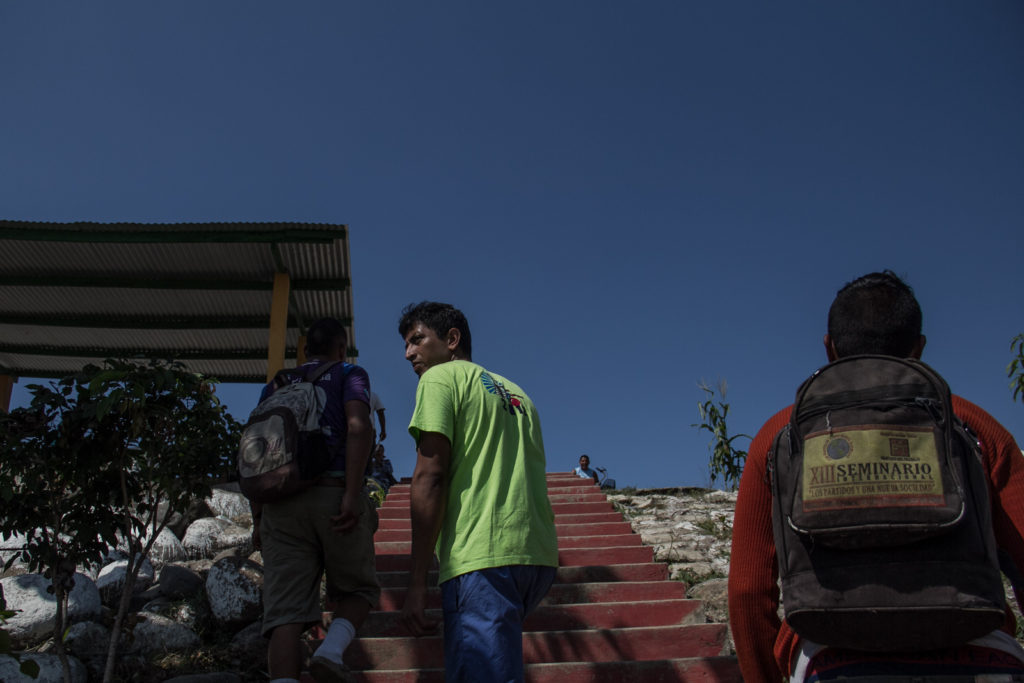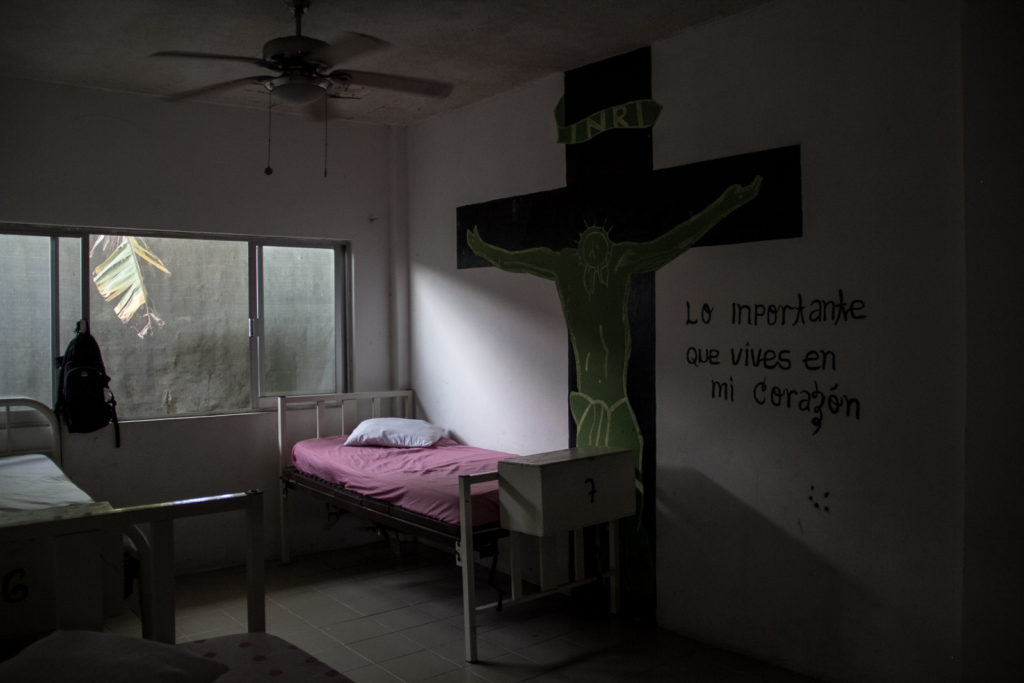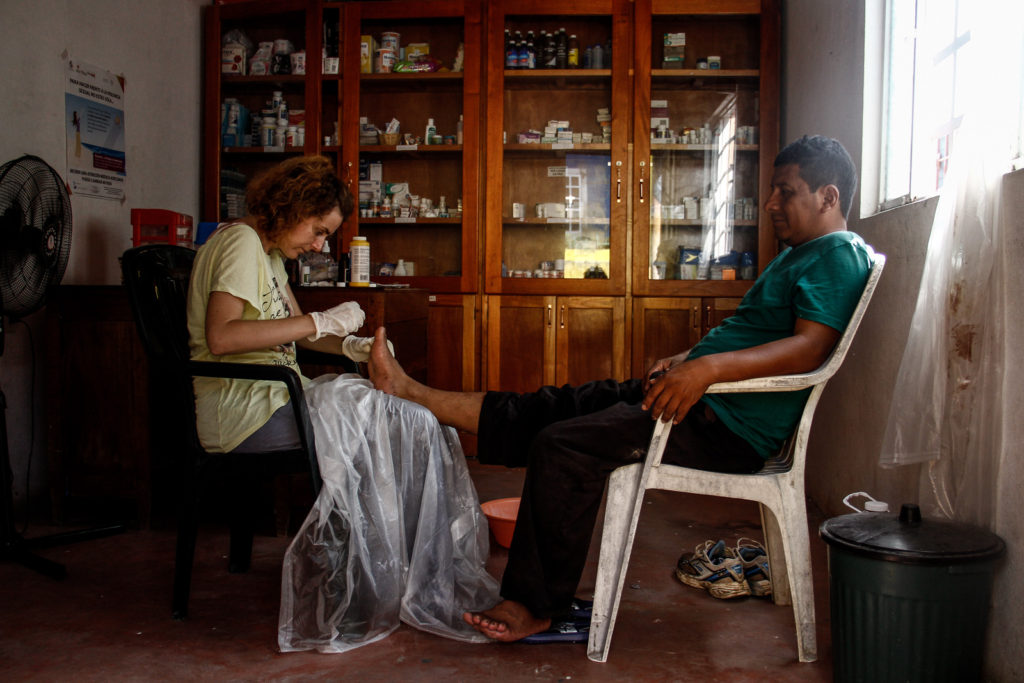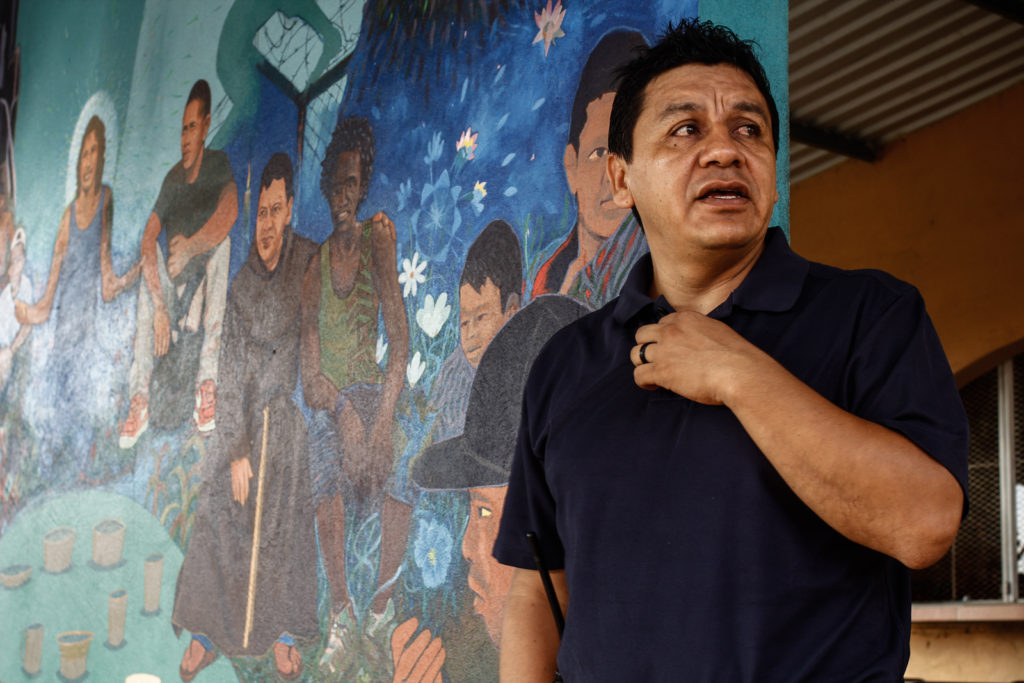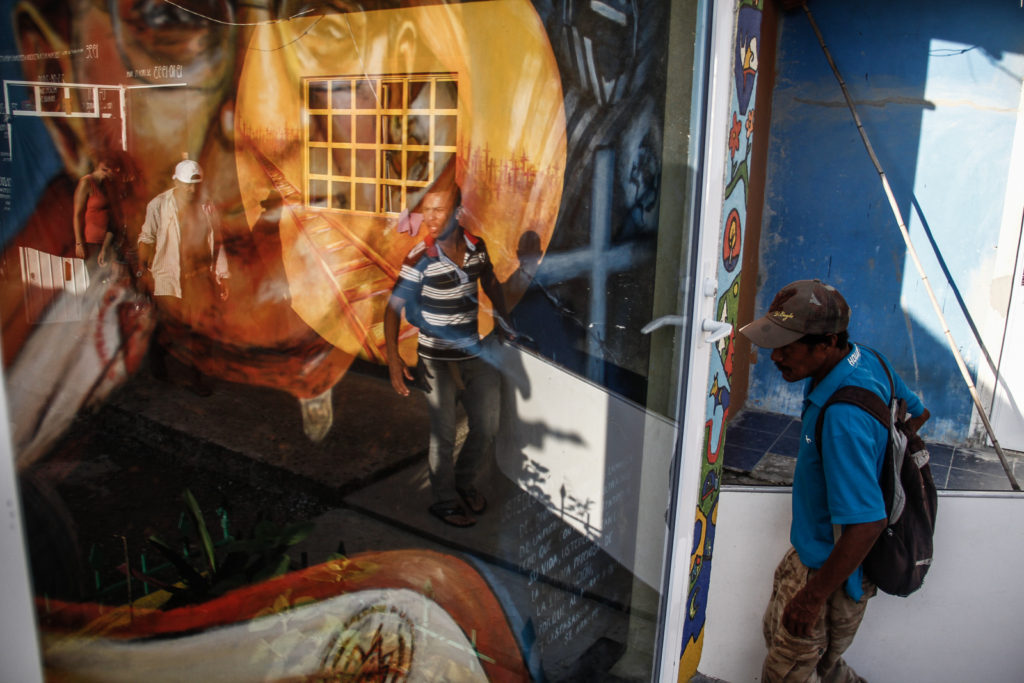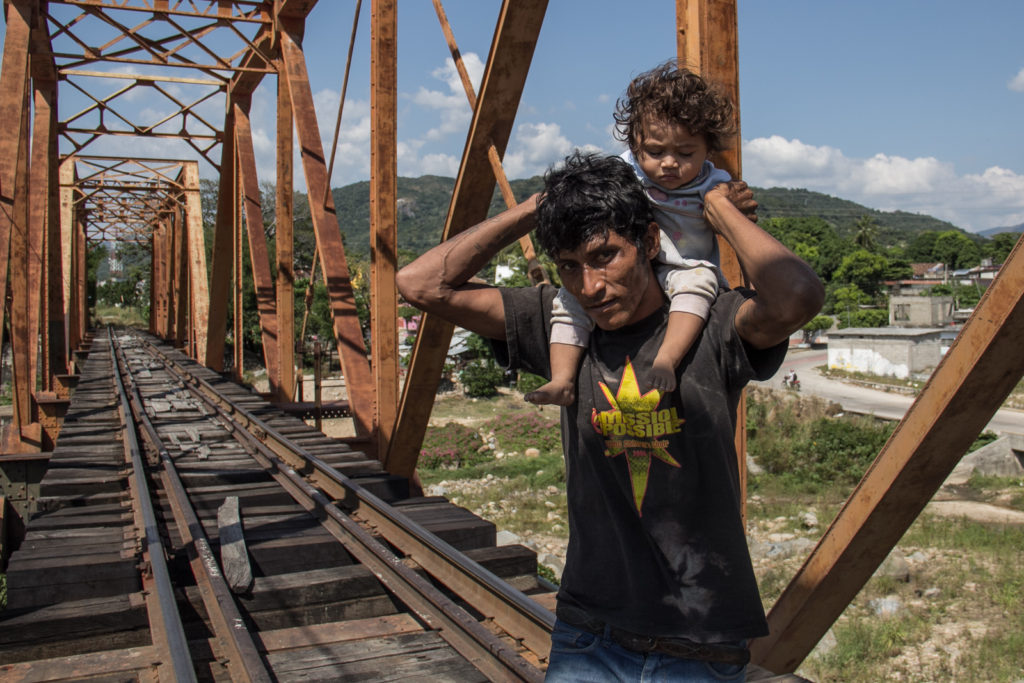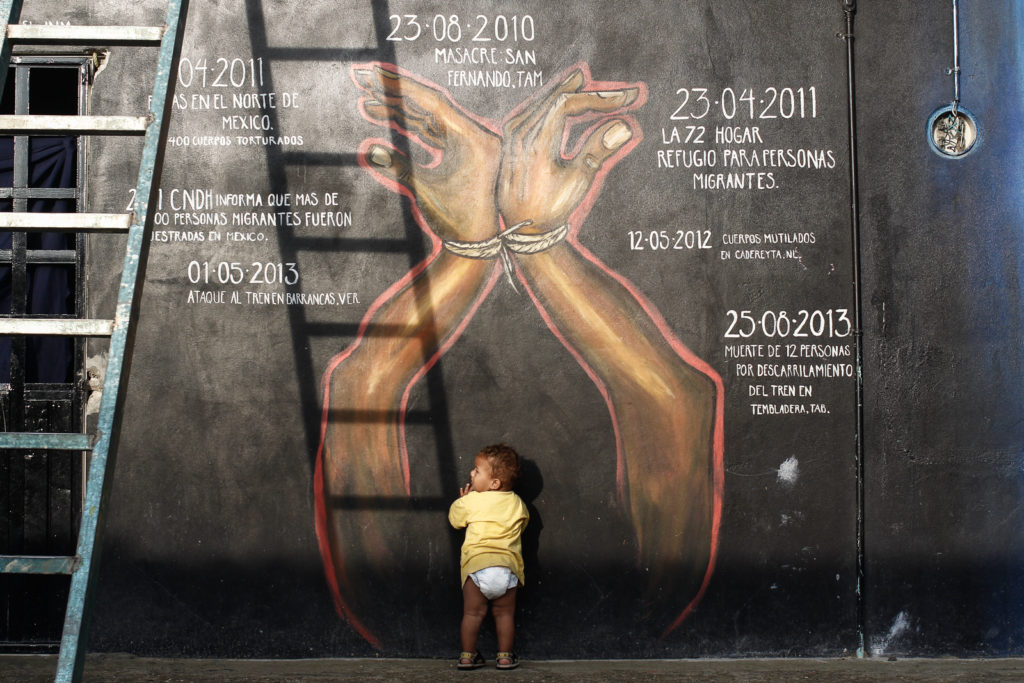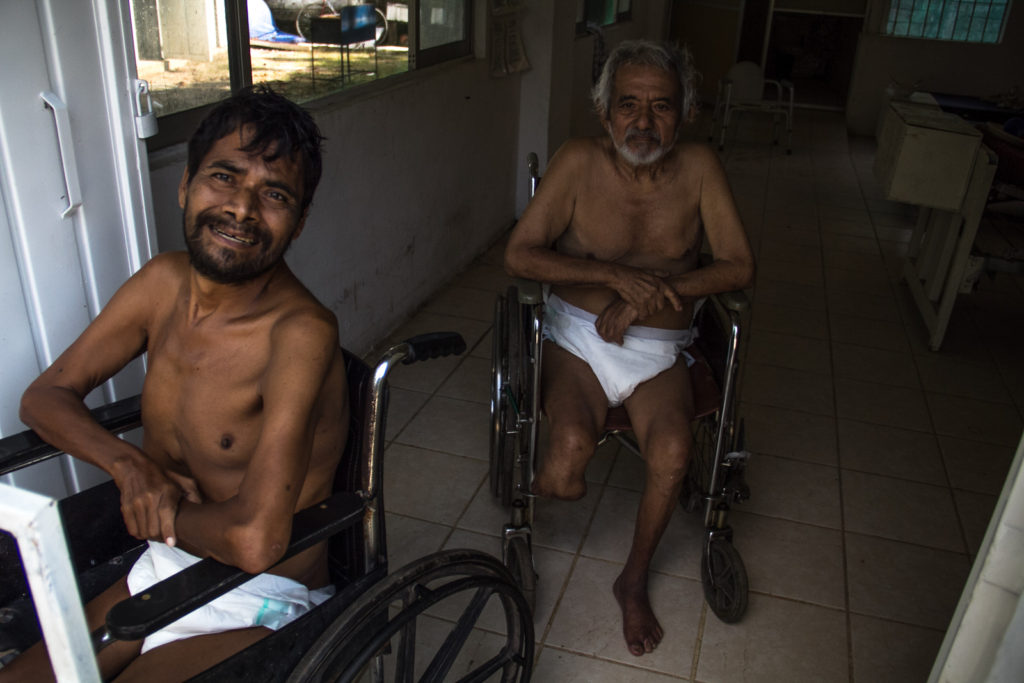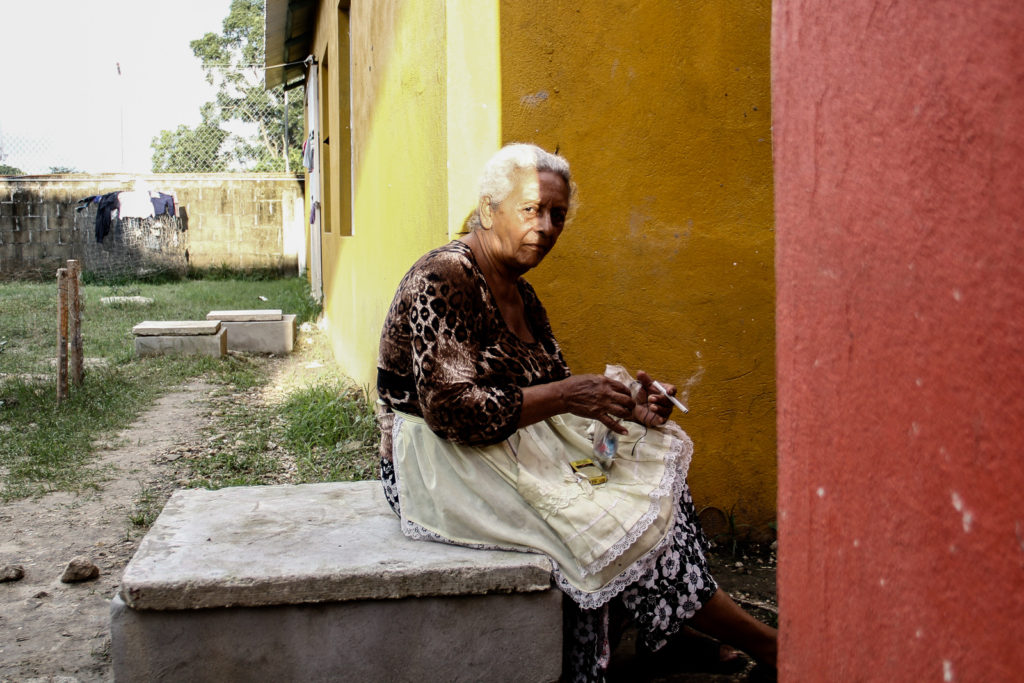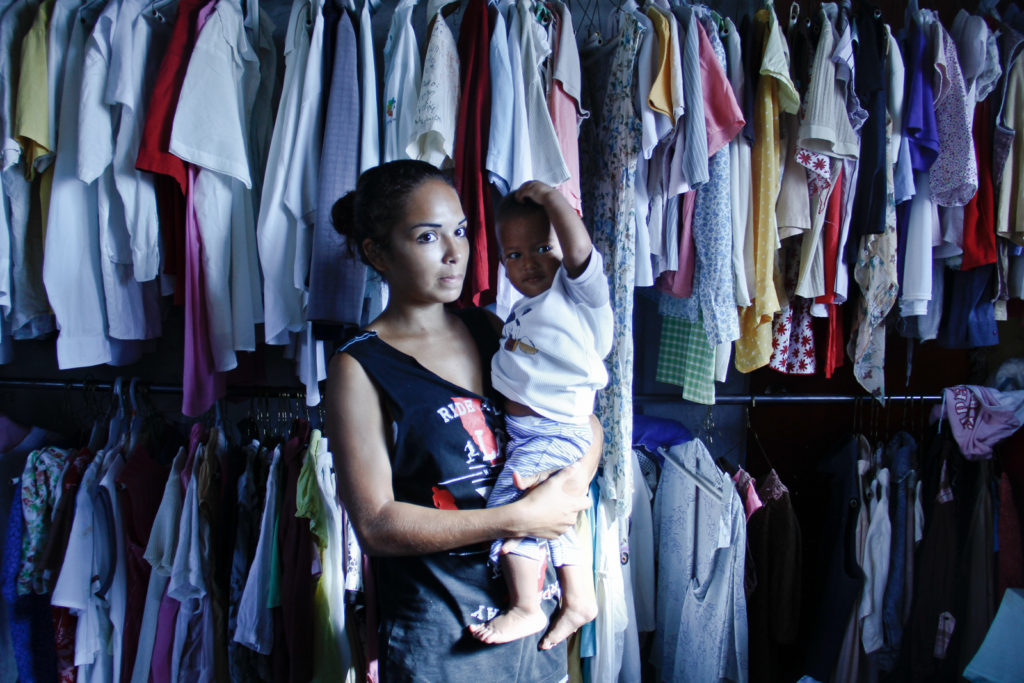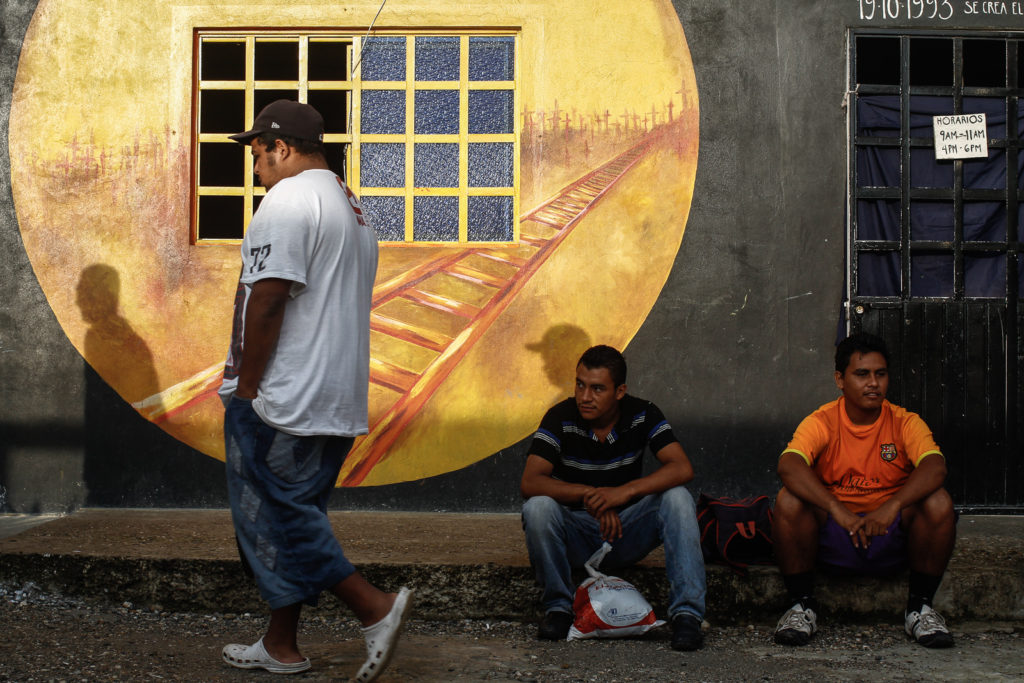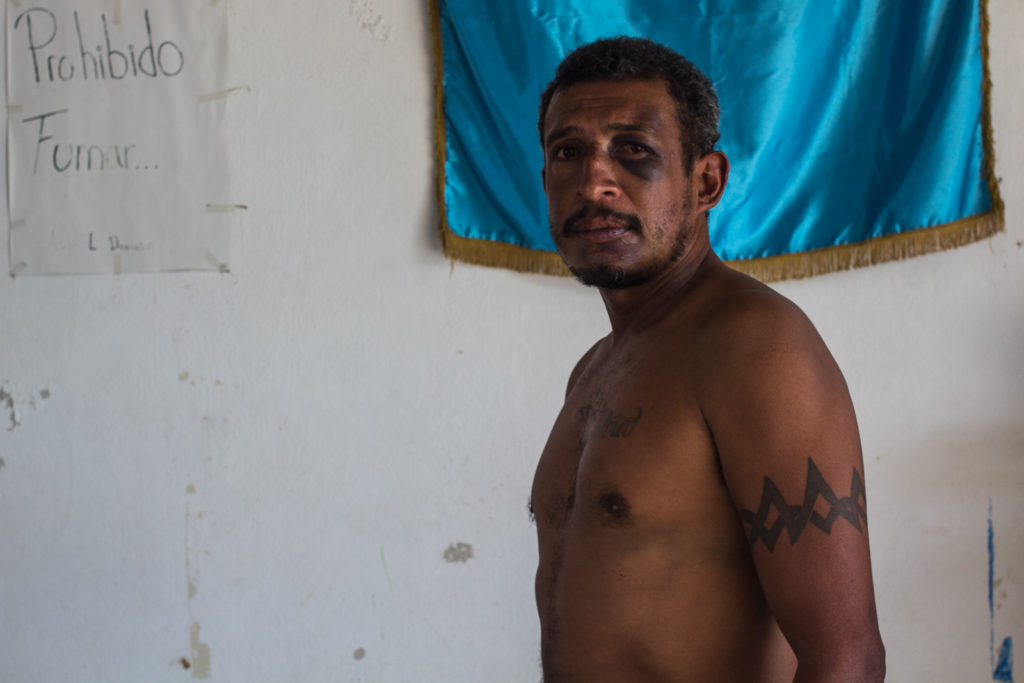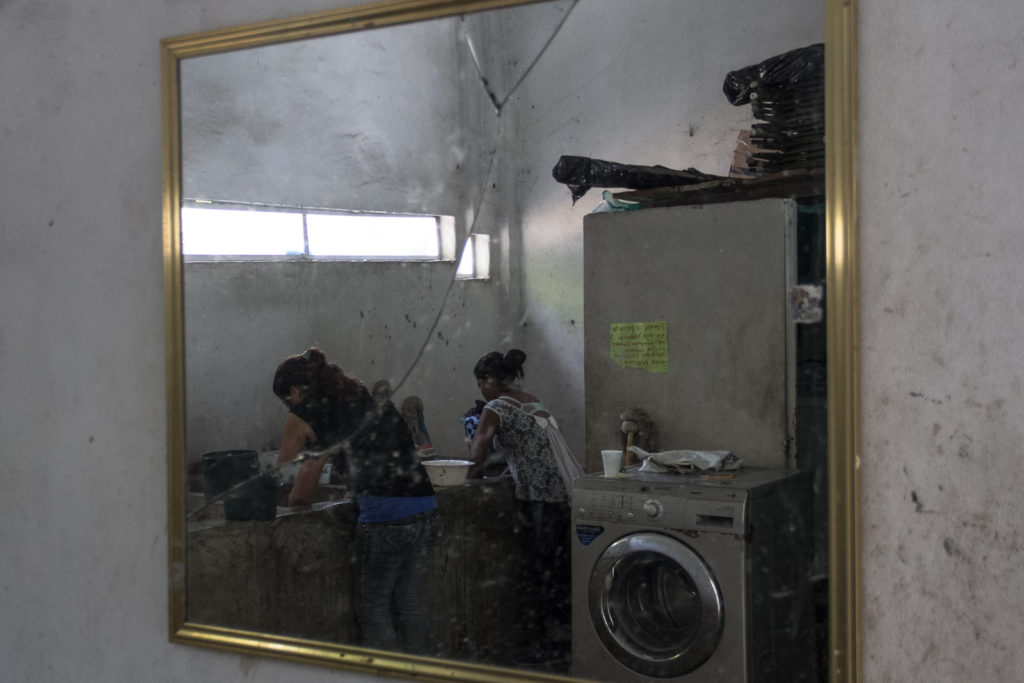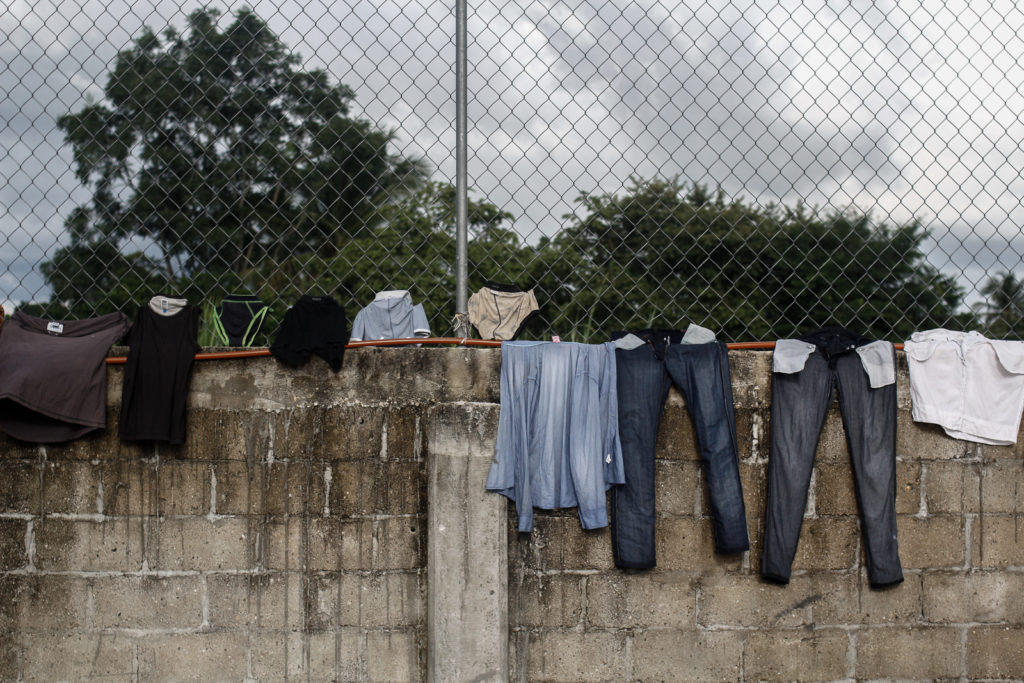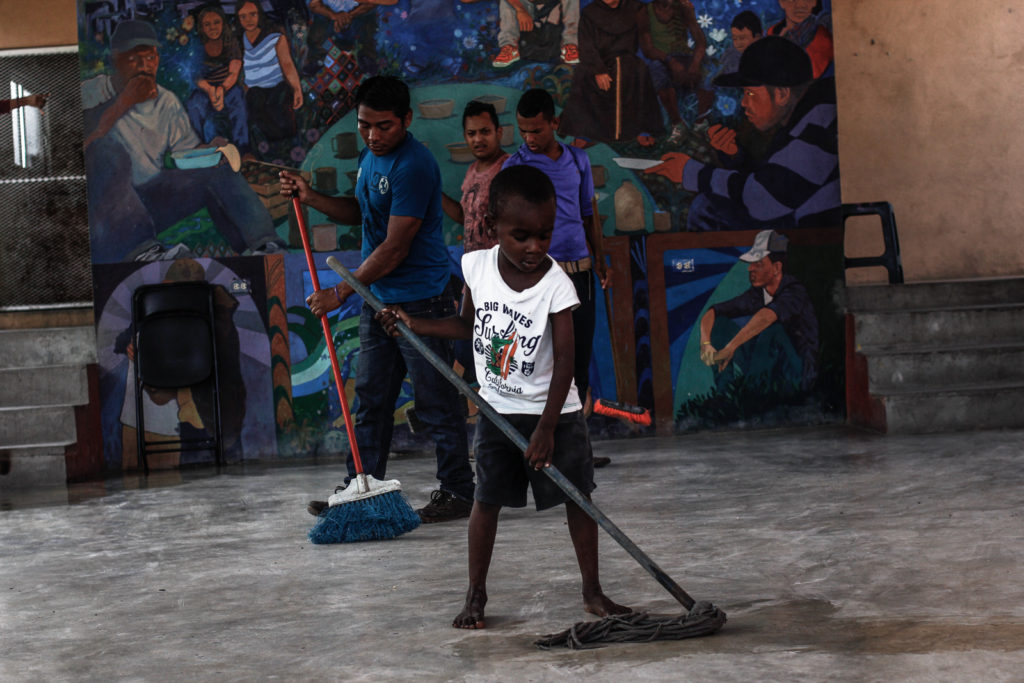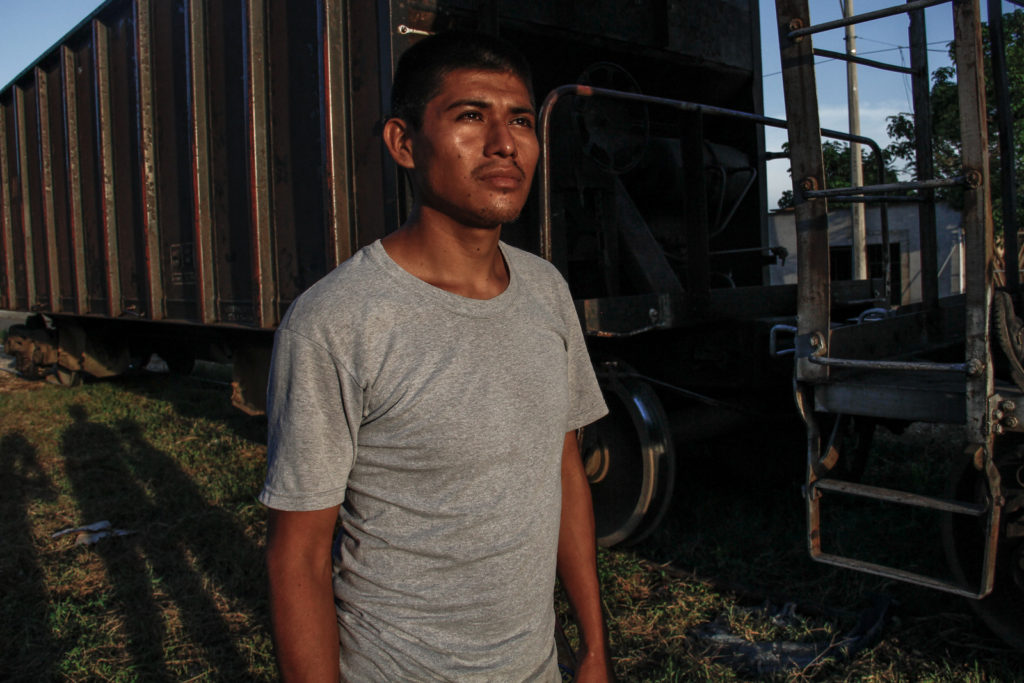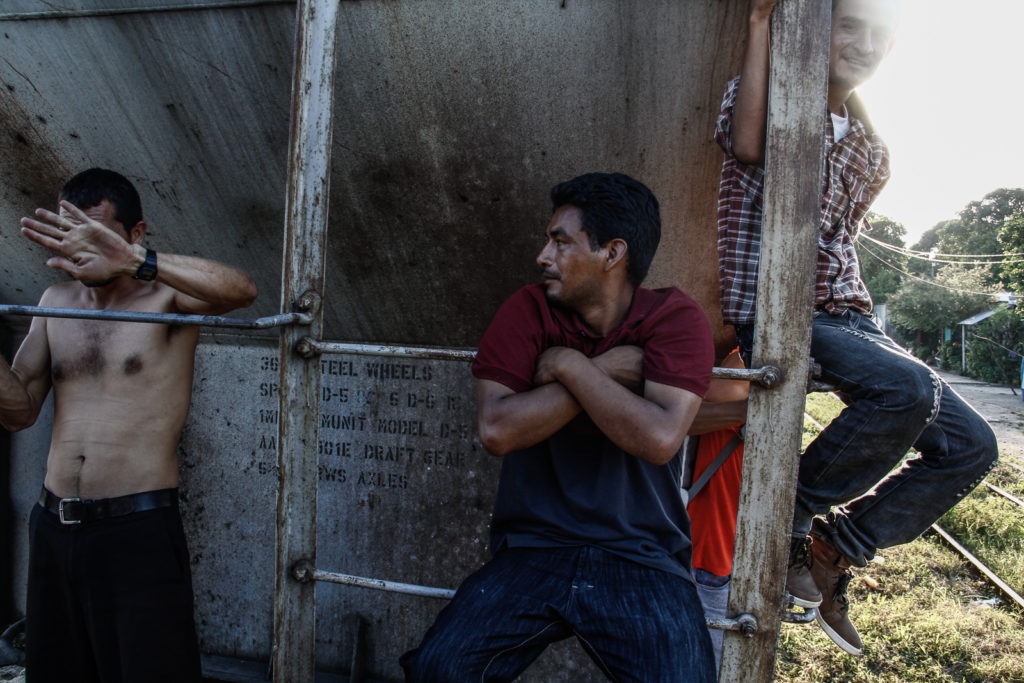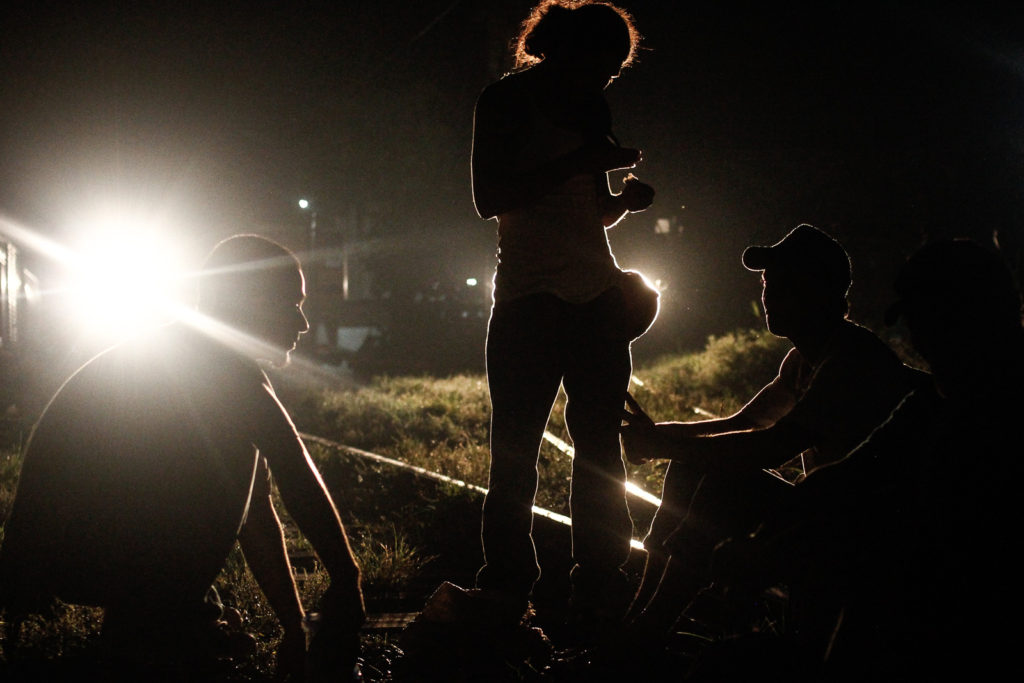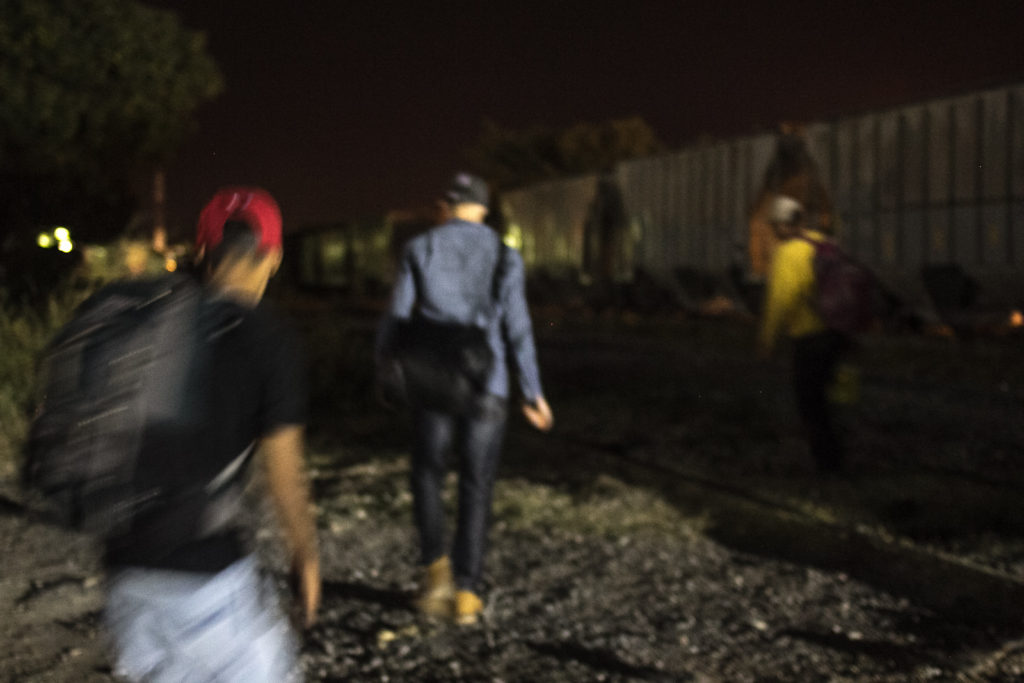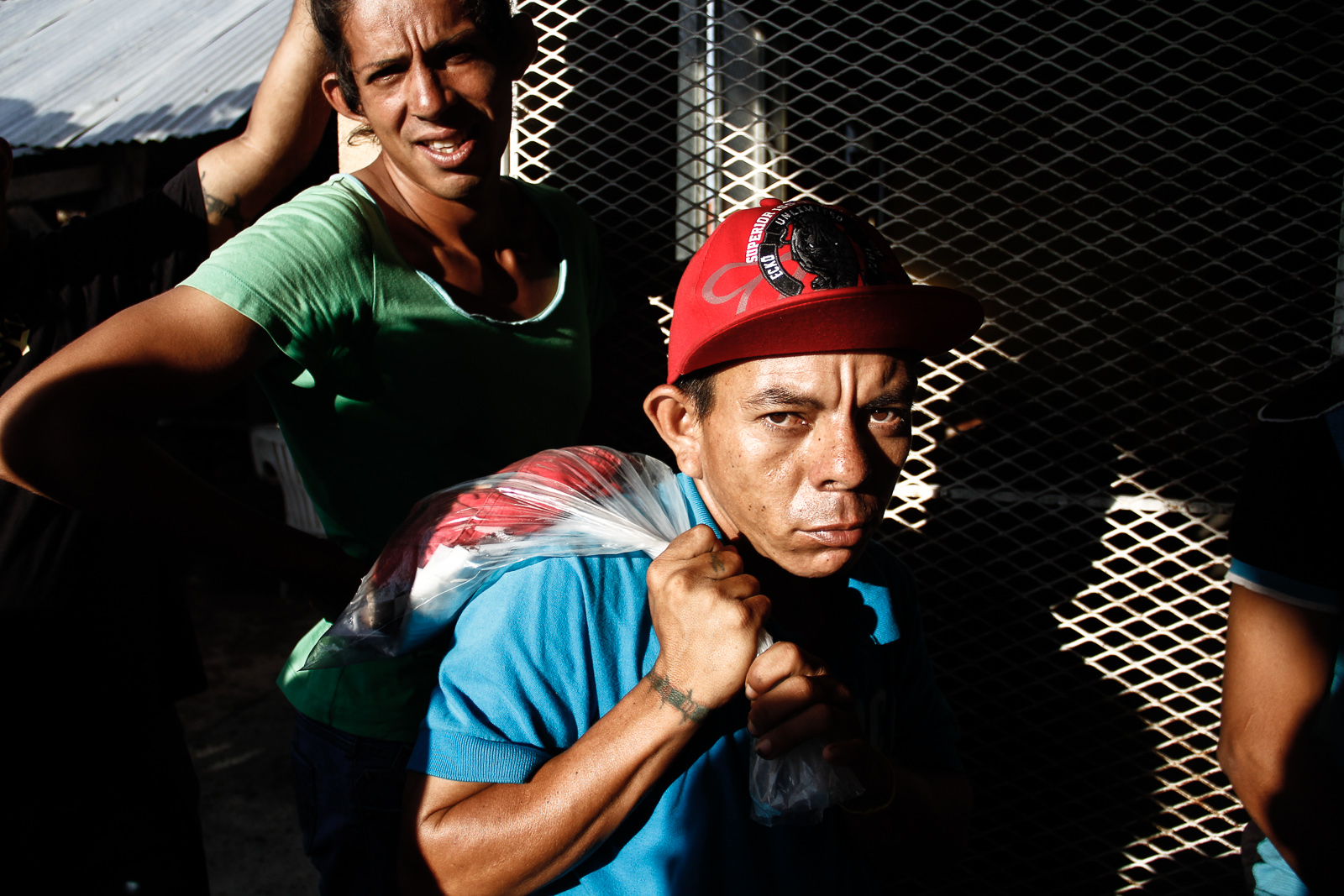Photo reportage by David Cordova.
Mexico is in a deep human rights crisis as a result of its continuing mistreatment of Central American immigrants. The government has started a campaign with the objective of reducing the number of immigrants who attempt to cross the southern border of Mexico.
Thousands of officials from the National Institute of Migration (INM), the federal police forces and even military personnel have been deployed along the southern border, managing to significantly reduce the flow of immigrants who attempt to cross the border in order to reach the United States of America.
The constant presence of checkpoints along the roads and railways has left immigrants without many options apart from displacement. “Now we have to walk for miles and miles to avoid checkpoints,” Alejandro Maldonado, a 49-year-old migrant from Honduras said. He has made the trip four times.
Public transportation is always stopped by the INM and the identity of each passenger is checked. Trains are also halted and immigrants on board are persecuted and apprehended by the authorities.
Despite knowing the risks and dangers involved in riding the Beast (the name of the train which the immigrants use to cross into Mexico), there are still many individuals who are willing to make the attempt. The Beast remains the best way to reach the center and north of Mexico. Though it is the fastest way, it is certainly not the safest.
Several NGOs and religious organizations that offer help and assistance to immigrants have become an oasis on the road for those wishing to obtain the American dream. These shelters provide housing, food, medical care, and legal assistance, and provide what is by far the best treatment that immigrants receive on their journeys.
“La 72,” for example, is a shelter which was set up in honour of the 72 immigrants brutally killed by an organized crime group in San Fernando, Tamaulipas in August 2010. The shelter is located in Tenosique, Tabasco, 80 kilometers away from the Southern border.
The center is run by Fray Tomás González, who has helped to provide safety and rest to thousands of Central-American immigrants for over 20 years. “Every immigrant arriving to ‘La 72’ is allowed to stay for three days to a week or even longer, depending on the condition and status of the immigrants. They are fed three times a day and are encouraged to participate in different activities organized by the volunteers working there. In return, they only have to behave, contribute to the cleaning tasks and the stronger ones are able to help with the maintenance of the shelter,” Tomás explained.
According to official numbers from the House of Immigrants in Tecum Uman, Guatemala, the flow of immigrants has been reduced to less than 50 persons per week, of which most were young and adult males, compared with 700 immigrants per week in 2011, when children and woman represented over 50 percent of the immigrant population.
Even though the numbers have dropped dramatically, there are still women and children trying to cross into the country with the hope of a better life, the illusion of joining their families or just running away from the poverty and violence that certain communities in Central America are subjected to.
There are very few support services for immigrants in Mexico apart from support homes run by NGO’s and religious organizations.
Another organisation that does exist, however, is in Veracruz state, where a group of women run “Las Patronas.” They gather every day together to prepare food, wrap it up and throw it to the immigrants travelling on the rooftop of the beast.
* * *
The road remains a hostile place full of dangers, where the possibility of being attacked by organized crime, officers from the INM, the Federal Police, or the army is very high. Kidnapping, rape or even murder are examples of the horrendous things that the immigrants face daily.
A 38-year-old Salvadoran immigrant who refused to give his name was brutally beaten after being robed while he was walking to Arriaga, Chiapas.
For many, the American Dream has faded away, which has meant some immigrants have begun to choose Mexico as a second option. They try to find a job and start a whole new life, as described by one of the immigrants I met in the district of Pakal-na in Palenque.
Apparently, the effort of the Mexican State to reduce the flow of immigrants to the country has been successful.
However, it has been the target of strong criticism due to the violent measures used to enforce it and the rising toll it has on human lives — families, women and children included.
The tactics and policies of the Mexican government have been compared to those performed by the Border Patrol further north in the United States which is not by any means an example of success either politically, economically or socially.
Photos and text by David A Córdova M
